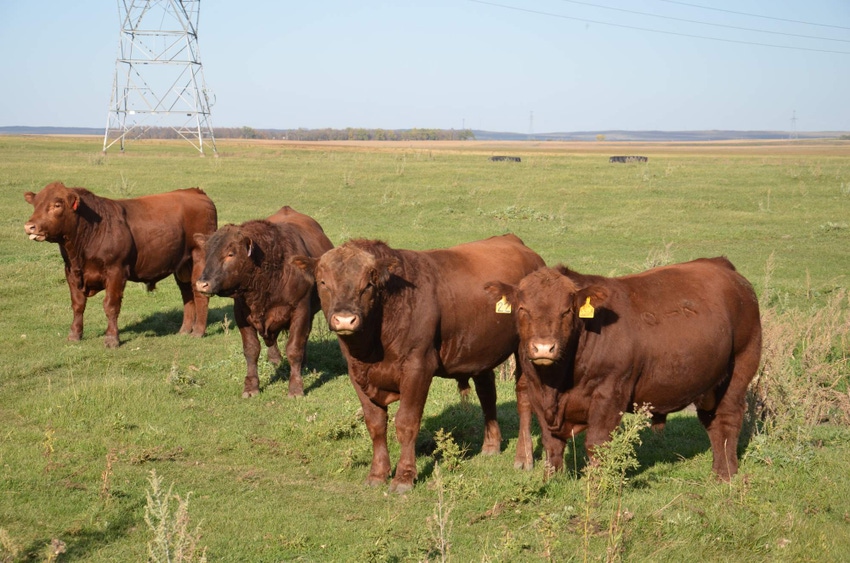More thoughts on the value of genomics and ginning numbers
Genomically-enhanced EPDs have been touted as a way to get more accurate information on bulls at a much younger age. And that’s true. But what about high-accuracy bulls?

Editor's note--based on comments from Dr. Kuehn and other geneticists, this article has been revised from its originally published version.
The genomic revolution is upon us. Has been for a while now. There’s no turning back, even if we wanted, to the days of yore when it took years to obtain enough data on a bull’s progeny to develop highly accurate EPDs.
But with this brave new genomics world come some concerns. One is that, with the speed that genomically-derived data can drive favorable genetic change, it can also drive populations in an unfavorable direction with the same speed if wrong selection decisions are made. That’s a valid concern.
The other concern is that the methods used to produce genomically-enhanced EPDs (GE-EPDs) seem to be constantly changing—often adding confusion. Luckily, recent research at the U.S. Meat Animal Research Center (USMARC, part of the USDA Agricultural Research Service) sheds some light on how recent advances in the production of GE-EPDs by the American Angus Association (single-step methods) improved national cattle evaluation and the sire selection decisions bull buyers ultimately make.
The research looked at correlations between EPDs derived from single-step and multi-step genomic evaluations along with EPDs derived the old-fashioned way (no genomic information). A very important point to keep in mind is that all of the bulls were high accuracy sires.
It’s also important to keep in mind that this is just one research project looking at an incredibly complex and diverse world that we’re still learning a whole lot about.
One of the things coming from the research is that the multi-step genomic evaluation approach may have been overestimating differences in EPD for carcass traits. “Because of these and other internal audits, Angus Genetics, Inc. adapted the SS (single-step) approach in their NCE (national cattle evaluation) and has been delivering weekly EPDs using this method since July 2017,” the research abstract says.
That’s good. Angus breeders can take comfort that their GE-EPDs derived from single-step methods are more accurate.
According to Larry Kuehn, USMARC geneticist and lead researcher on the project, “The sires were less accurate for carcass traits than for weight traits. For carcass traits, it was clear the single-step methods improved accuracy over both non-genomic EPDs and GE-EPDs that had been derived before single-step was implemented.”
The research also indicated that regression between bulls tested with the single-step method and non-genomically tested, highly proven sires were similar for all traits, implying the single-step GE-EPDs were not over- or under-predicting performance relative to traditional EPD.
So, should you consider genomically-enhanced EPDs in your bull buying decisions?
Yes, especially for yearling bulls. Genomically-enhanced EPDs on young bulls gives you greater accuracy than traditional EPDs. That’s because the accuracy gain with genomic tests on young bulls or heifers, where little or no data is available, is significant and diminishes greatly as the animal gets older and more progeny data is available.
But it does indicate, if genomically-enhanced EPDs aren’t available, you can rely on the old-fashioned EPDs, along with visual appraisal for structural integrity, to be accurate enough to guide you in selecting the bulls that will move your herd in the direction you want it to go.
About the Author(s)
You May Also Like


.png?width=300&auto=webp&quality=80&disable=upscale)
